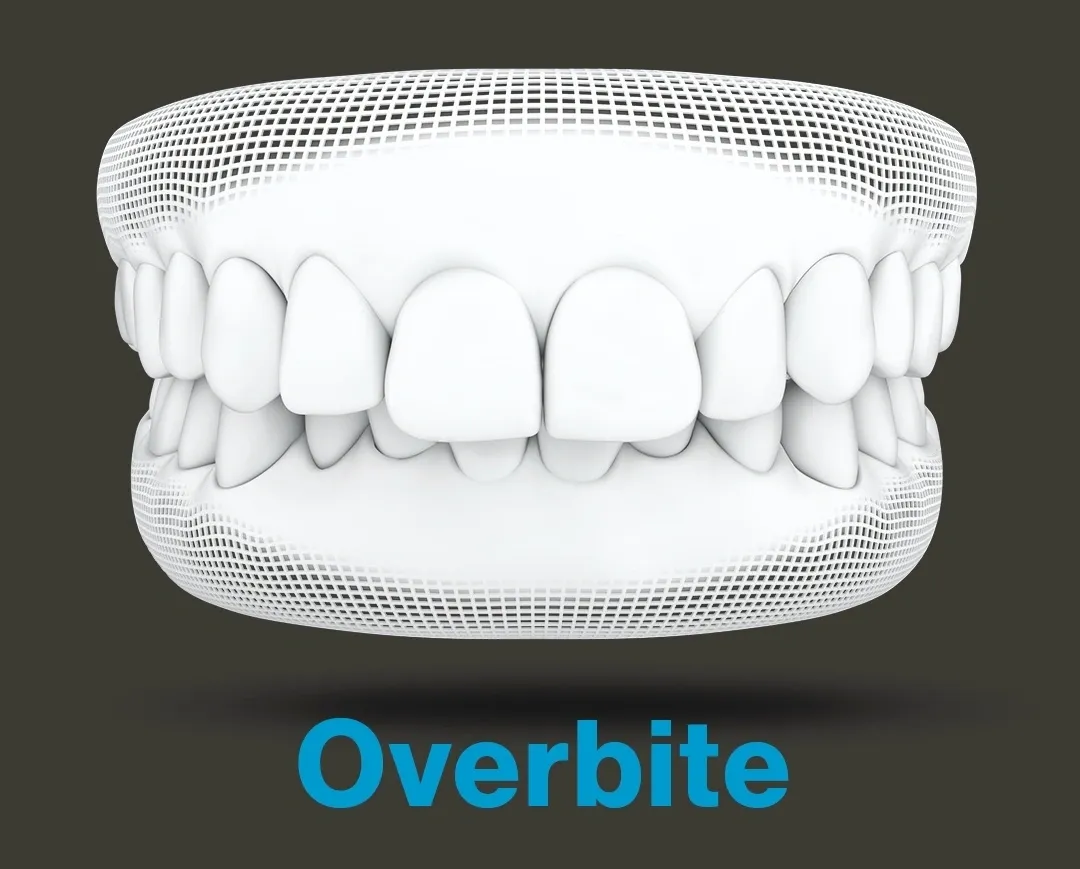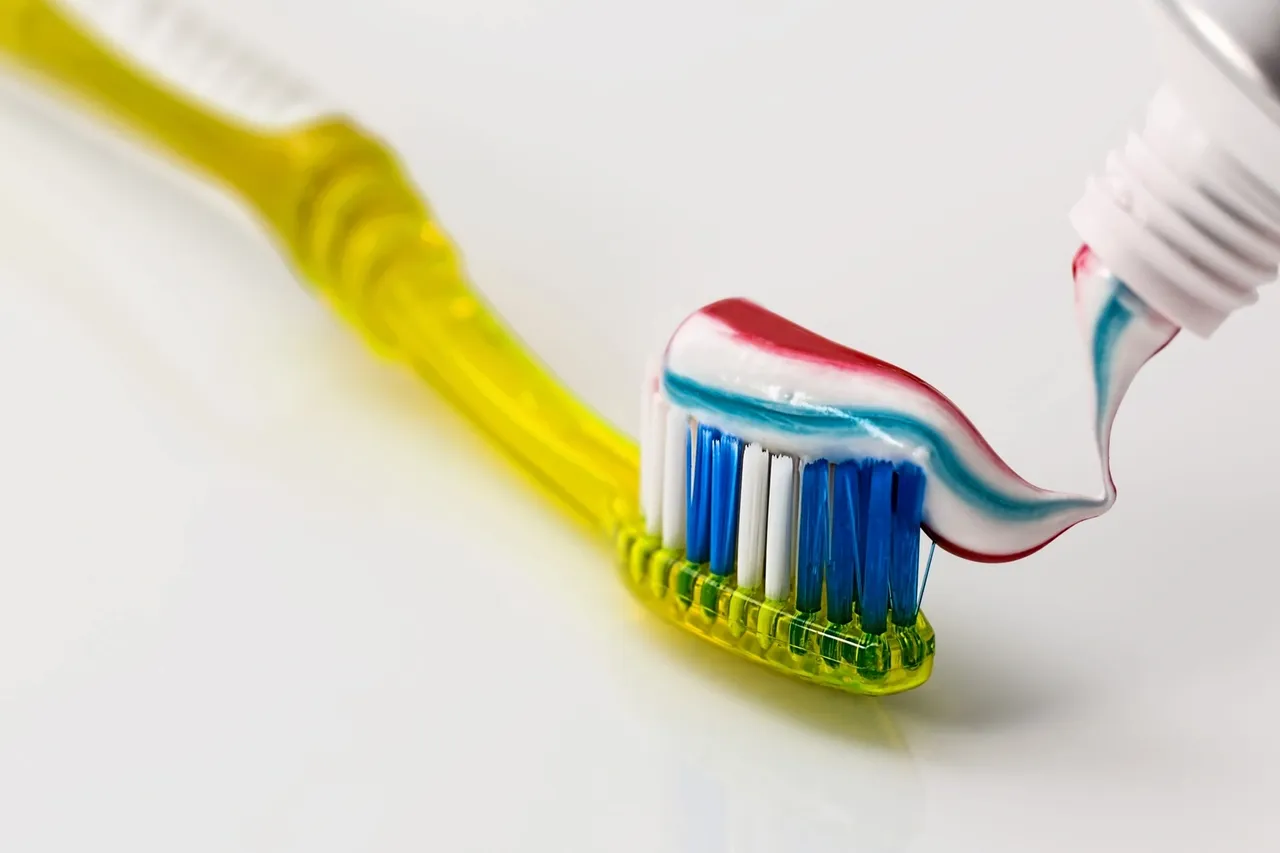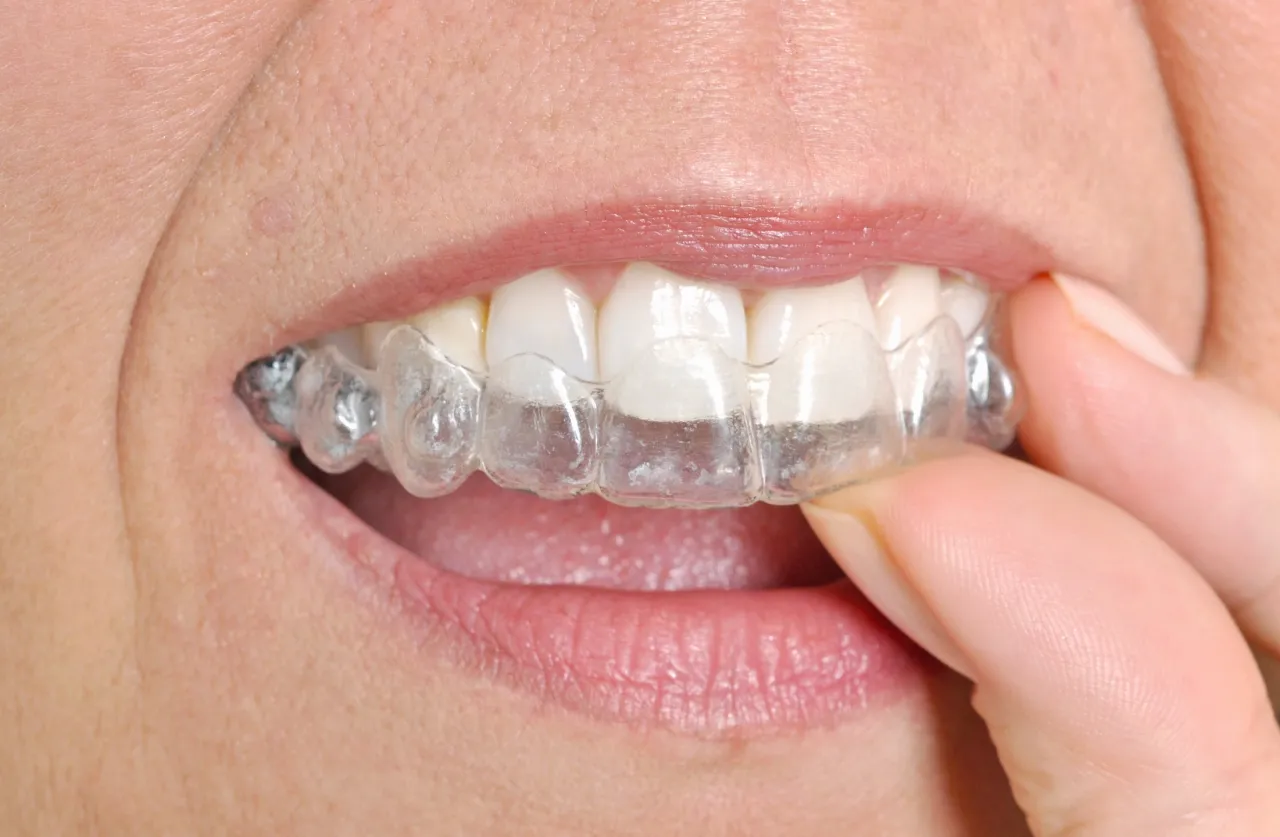
Can Invisalign Clear Aligners Fix An Overbite?
Do you have an overbite that is affecting your appearance, your speech and your ability to properly chew food? At VanLaecken Orthodontics, our doctors provide


Do you have an overbite that is affecting your appearance, your speech and your ability to properly chew food? At VanLaecken Orthodontics, our doctors provide

Invisalign clear braces at VanLaecken Orthodontics in Sioux Falls are an effective short-term treatment that has helped thousands of people smile again with confidence. Clear

As a new Invisalign patient, you’re probably pretty excited to finally have your aligners so you can get to work on achieving your best brilliant

We all know that good oral hygiene is important for a healthy smile. But when you’ve got braces, it’s even more necessary to make sure

When it comes to the health of your teeth, it’s important to prioritize high level training and state-of-the-art procedures when you’re picking your practitioner. Though

Are you unhappy with the appearance of crooked or crowded teeth? You probably can’t picture yourself with a mouthful of braces, so you may wish

At VanLaecken Orthodontics in Sioux Falls, our experienced orthodontists and staff know the importance of having a beautiful smile! We are proud to offer state-of-the-art
allure orthodontics, movewithinvisalign.com, tmj treatment sioux falls, vanlaecken orthodontics aberdeen sd, top orthodontic care in sioux falls, vanlaecken orthodontics watertown sd, movewithinvisalign, vanlaecken orthodontics brookings, south dakota blogs, vanlaecken orthodontics watertown, allure ortho, vanlaecken orthodontics aberdeen, sd blog, movewithinvisaligncom, movewithinvisalign com, invisilign braces, invisible braces great falls, teeth straightening medina, vanlaecken, teeth straightening sioux falls sd, teeth braces great falls, tmj treatment great falls, south dakota teeth alignment, what hurts more bottom or top braces
Braces come in various forms, each designed to address specific orthodontic needs. The most common types include traditional metal braces, ceramic braces, and lingual braces. Traditional metal braces are highly effective for complex cases, while ceramic braces offer a more discreet option. Lingual braces are placed behind the teeth, making them virtually invisible.
Choosing the right type of braces depends on factors such as the severity of the dental issue, aesthetic preferences, and lifestyle. For instance, patients who are concerned about the visibility of braces may prefer ceramic or lingual options, while those with significant alignment issues might benefit more from traditional metal braces. Consulting with an orthodontist can help determine the best choice for individual needs.
Maintaining oral hygiene with braces is crucial to prevent cavities and gum disease. Patients should brush their teeth at least twice a day using a soft-bristled toothbrush and fluoride toothpaste. Flossing can be more challenging with braces, but using a floss threader or orthodontic floss can make it easier to clean between the brackets and wires.
In addition to regular brushing and flossing, using an antimicrobial mouthwash can help reduce plaque buildup. It’s also advisable to avoid hard, sticky, or sugary foods that can damage braces or contribute to tooth decay. Regular check-ups with the orthodontist will ensure that oral hygiene practices are effective and that the braces are working as intended.
The duration of orthodontic treatment with braces varies depending on individual circumstances, including the complexity of the case and the type of braces used. On average, treatment can last anywhere from 18 months to 3 years. Factors such as patient compliance with wearing rubber bands or other appliances can also influence the treatment timeline.
Regular appointments with the orthodontist are essential for monitoring progress and making necessary adjustments. Patients who adhere to the treatment plan and maintain good oral hygiene are more likely to achieve their desired results within the estimated timeframe. Understanding the treatment process helps set realistic expectations for the journey to a straighter smile.
Choosing between Invisalign and traditional braces often comes down to personal preference and specific dental needs. Invisalign offers a clear, removable aligner system that is less noticeable and allows for easier oral hygiene. However, traditional braces may be more effective for complex cases that require precise tooth movement.
Both options have their advantages and disadvantages. Invisalign aligners can be removed for eating and cleaning, which promotes better oral hygiene, but they require discipline to wear for the recommended 20-22 hours a day. On the other hand, traditional braces are fixed in place, ensuring constant pressure on the teeth, but they can be more challenging to clean and may cause discomfort. Consulting with an orthodontist can help patients make an informed decision based on their specific needs and lifestyle.